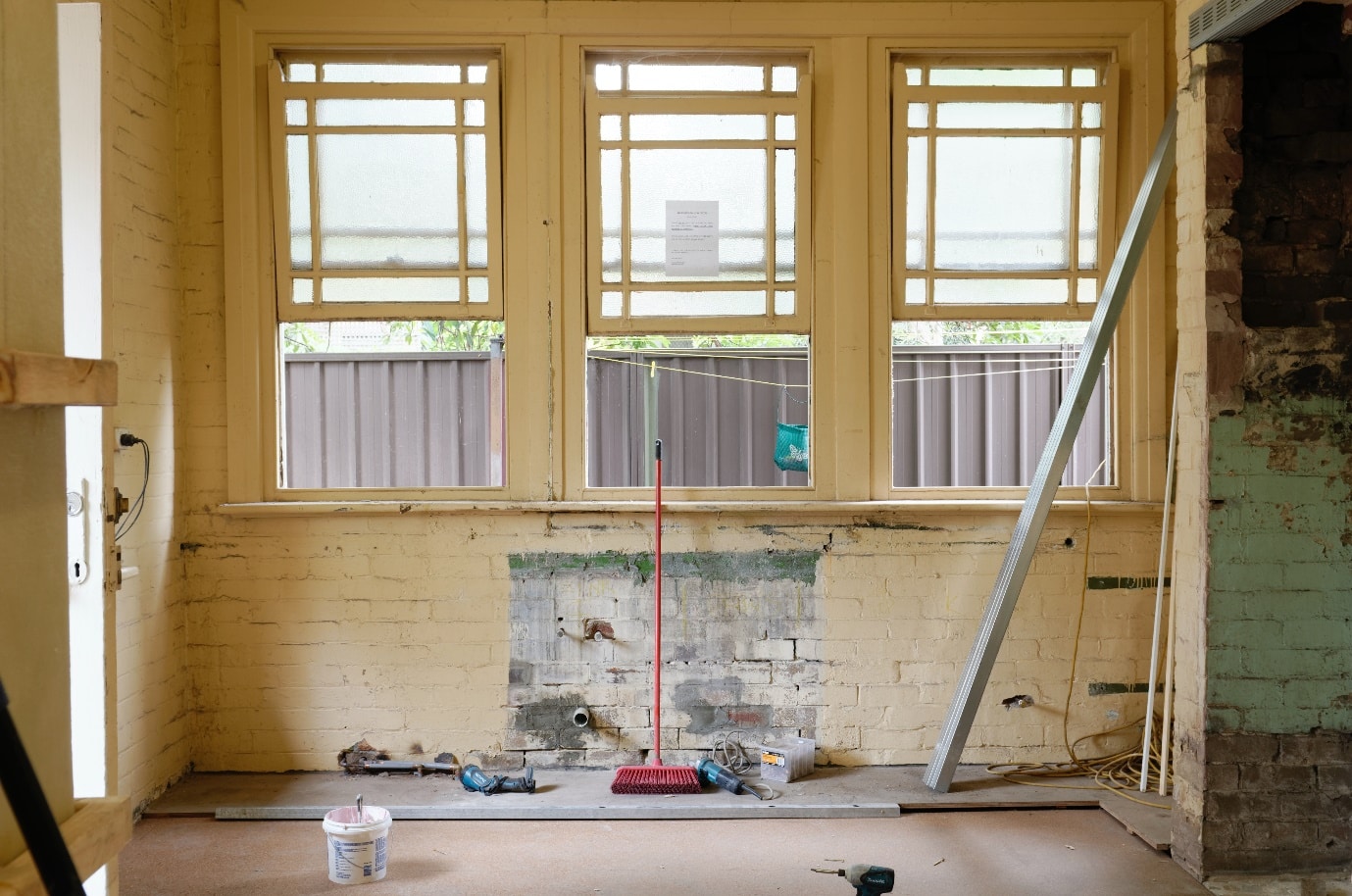Home renovation projects are becoming increasingly popular in the ever-growing, bustling city of Phoenix, Arizona, as homeowners seek to modernize and optimize their living spaces.
With a thriving housing market and a population growth rate of nearly 1.4% in recent years, many Phoenix residents are investing in their homes to accommodate changing lifestyles and preferences.
Whether it’s the charm of historic districts like Willo and Encanto or the allure of newer communities in the North Valley, homeowners in the Valley of the Sun are eager to make the most of their properties.
Undertaking a home renovation project can be exciting and challenging, especially when navigating the unique desert climate and local building regulations. To ensure a successful outcome, it’s important to consider specific factors unique to Phoenix and apply tried-and-true strategies.
In this article, we’ll provide seven essential tips to make your Phoenix home renovation project easier and more efficient while adhering to local requirements and considering the specific characteristics of this vibrant Southwestern city.
Create a detailed project plan
Undertaking a home renovation project in Phoenix, Arizona, requires meticulous planning and consideration of various factors, especially given the unique desert climate and diverse architectural styles.
Creating a detailed project plan ensures a smooth process that reflects your vision and adheres to local requirements. Start by assessing your needs and identifying the essential upgrades for your home, considering energy efficiency, materials, and design elements suitable for the local environment.
Home renovations may often coincide with a move to a new location. Whether upgrading your current residence or settling into a newly renovated home, having a reliable partner is crucial.
Partnering with a Phoenix long distance moving company ensures a seamless transition, as their expertise in handling long-distance moves guarantees a stress-free experience.
Prioritize Needs Over Wants
Balancing your dream design and practical considerations is essential when planning a home renovation project. Prioritizing needs over wants helps you allocate resources effectively and avoid unnecessary expenses.
Begin by identifying the most critical upgrades for your home, focusing on functionality, safety, and energy efficiency. Assess your local climate and architectural styles, and choose materials and design elements that align with the unique characteristics of your region.
Once you have addressed the essentials, you can allocate any remaining budget to aesthetic enhancements and personal touches. By prioritizing needs over wants, you can create a comfortable, functional, and beautiful living space that aligns with your vision while adhering to local requirements and embracing the distinctive features of your area.
Be prepared for unexpected challenges
When embarking on a home renovation project, it’s essential to anticipate and prepare for potential obstacles that may arise during the process. Unexpected challenges can take various forms, such as delays in obtaining permits, changes in material availability, or unforeseen structural issues.
To mitigate these risks, establish a solid contingency plan, which includes setting aside additional funds and allowing extra time for project completion.
Regular communication with your contractor and design team can also help identify and address issues promptly, minimizing disruptions to your renovation timeline. By staying adaptable and maintaining a proactive approach, you’ll be better equipped to handle any challenges that come your way, ensuring a smoother and more successful home renovation experience.
Establish Clear Communication Channels
Efficient communication is a critical aspect of any successful home renovation project. Establishing clear channels with your contractor, architect, and other professionals ensures everyone is on the same page and working towards a common goal. Begin by setting expectations, sharing your vision, and outlining specific requirements for the project.
Schedule regular progress meetings to stay informed and address any concerns or changes that may arise during the renovation process. Utilize technology, such as project management apps or communication tools, to keep all parties connected and informed.
Encourage open dialogue and provide feedback to ensure your project stays on track and meets your expectations.
Opt for Energy-Efficient Materials and Appliances
When planning a home renovation, it’s essential to prioritize energy efficiency in your material and appliance choices. Start by selecting high-quality insulation materials for walls, roofs, and floors to help maintain comfortable indoor temperatures and minimize energy consumption.
This not only helps reduce your environmental impact but also results in long-term savings on energy bills.
Incorporate energy-efficient windows, such as double- or triple-pane designs, to improve insulation and reduce heat transfer. When selecting appliances, look for those with ENERGY STAR certification, ensuring they meet strict energy performance standards.
Smart lighting solutions like LED bulbs and automated controls can further decrease energy usage while enhancing the ambiance of your home.
Obtain Necessary Permits and Approvals
Before embarking on any home renovation project, knowing the local regulations and requirements is essential. Obtaining the necessary permits and approvals ensures your project complies with building codes, zoning laws, and safety standards.
Familiarize yourself with the permit application process and any inspections required during or after the renovation.
In Arizona, for example, you may need permits for electrical, plumbing, or structural work, zoning compliance, and historic preservation approvals for properties located in designated historic districts.
Engaging with local authorities early in planning can help avoid roadblocks and delays.
Set Aside a Contingency Fund
Home renovation projects often come with unforeseen challenges and expenses, making it essential to have a financial safety net in place. Typically, allocating 10-20% of your project budget is recommended to cover unexpected costs. Setting aside a contingency fund is a smart way to prepare for surprises during the renovation.
A contingency fund can cover various issues, from discovering hidden structural problems to changes in material costs or even last-minute design adjustments. With a financial buffer, you can confidently tackle these unexpected situations and minimize stress.
Conclusion
In conclusion, undertaking a home renovation project can be a rewarding experience when approached with proper planning, flexibility, and attention to local requirements. Creating a detailed project plan, prioritizing needs over wants, and maintaining open communication with your team ensures a smooth and efficient process.
Additionally, being prepared for unexpected challenges and focusing on energy efficiency will help you achieve a successful outcome that aligns with your vision.
Remember, patience and adaptability are key elements in navigating the renovation journey. With the tips we’ve highlighted in this article, you can confidently transform your living space into the home of your dreams, tailored to the unique characteristics of your region.








